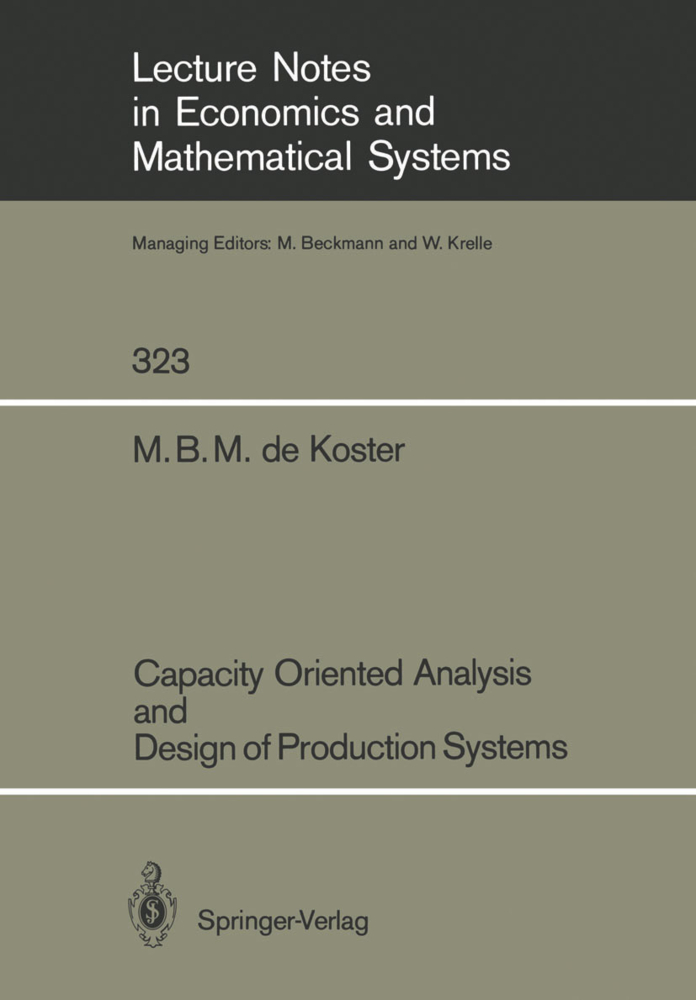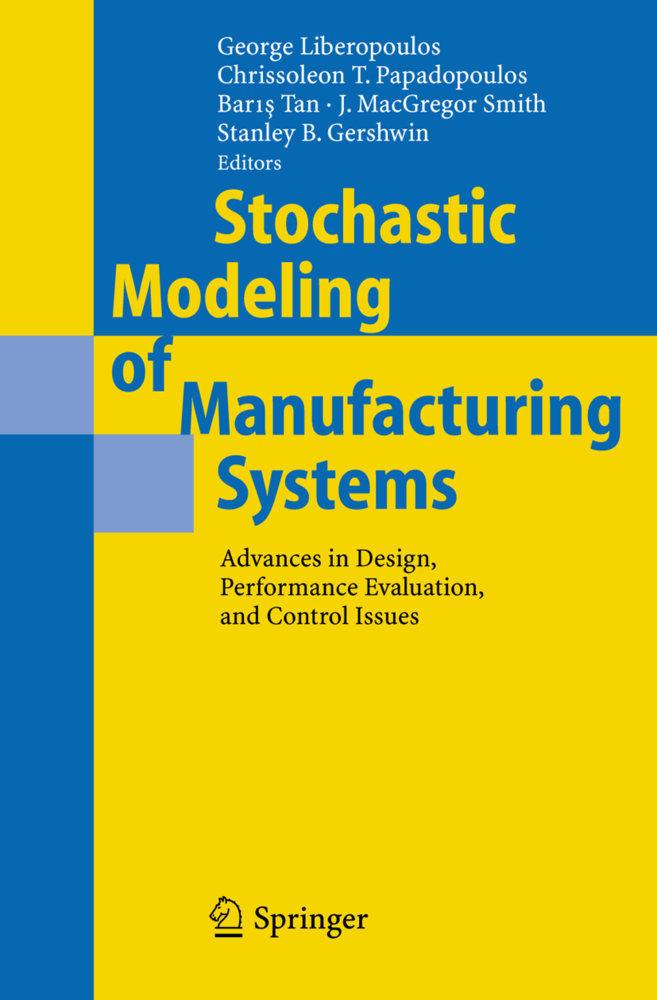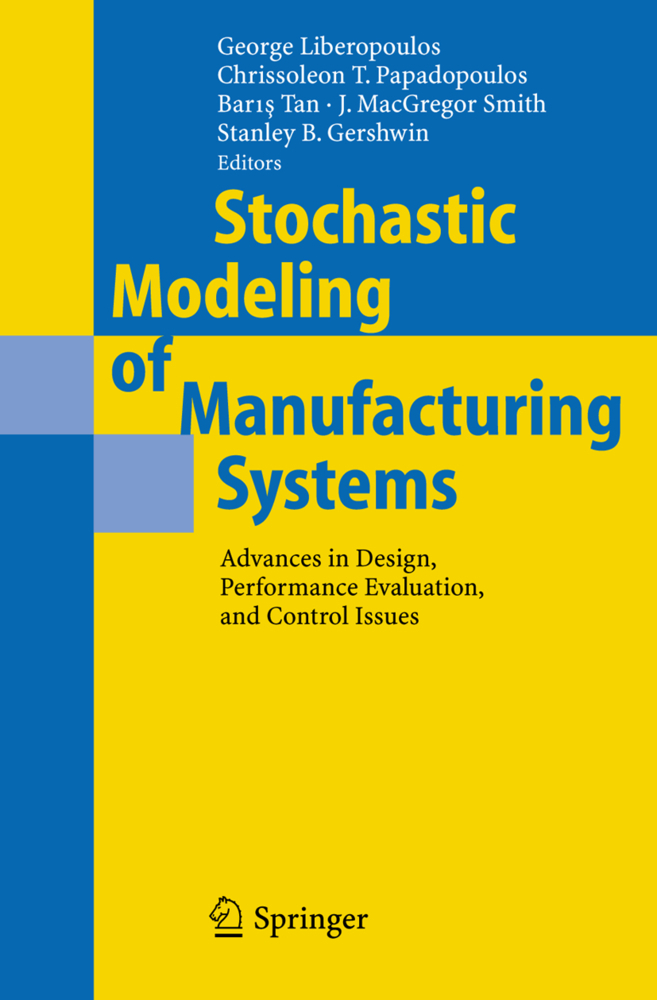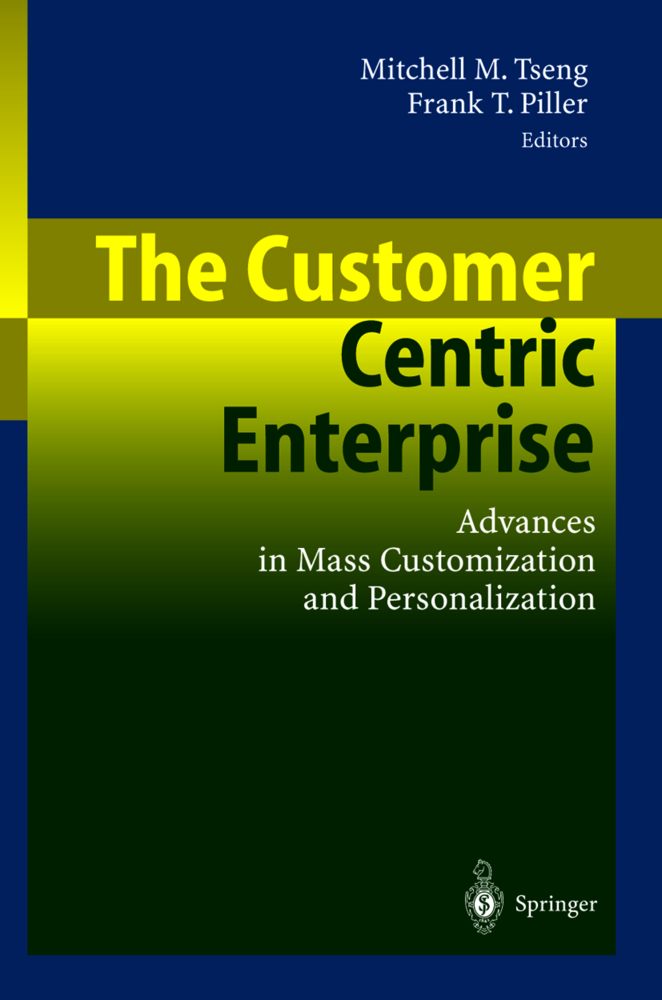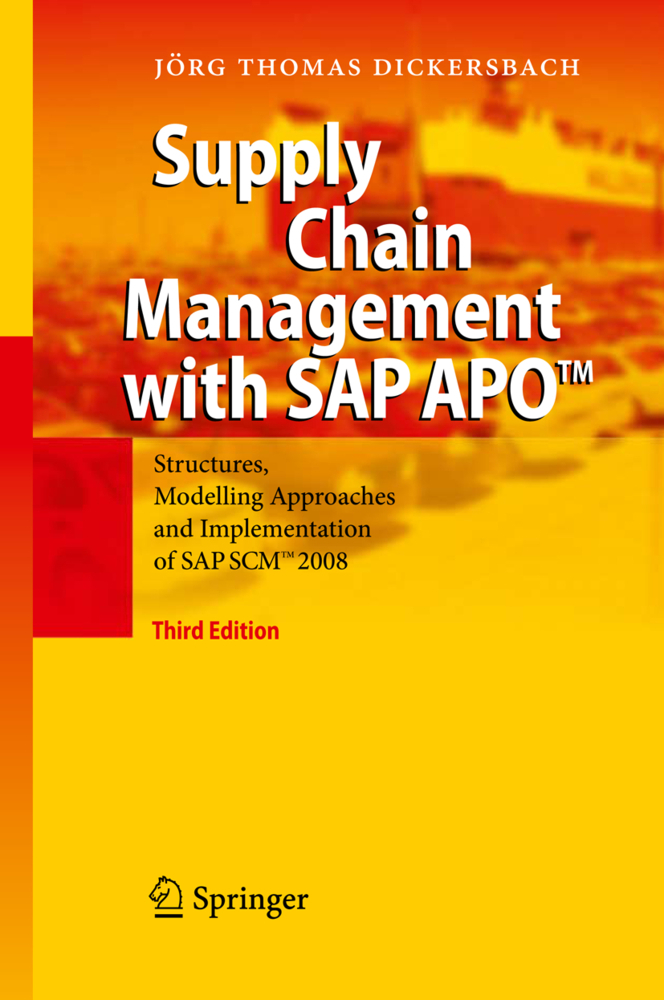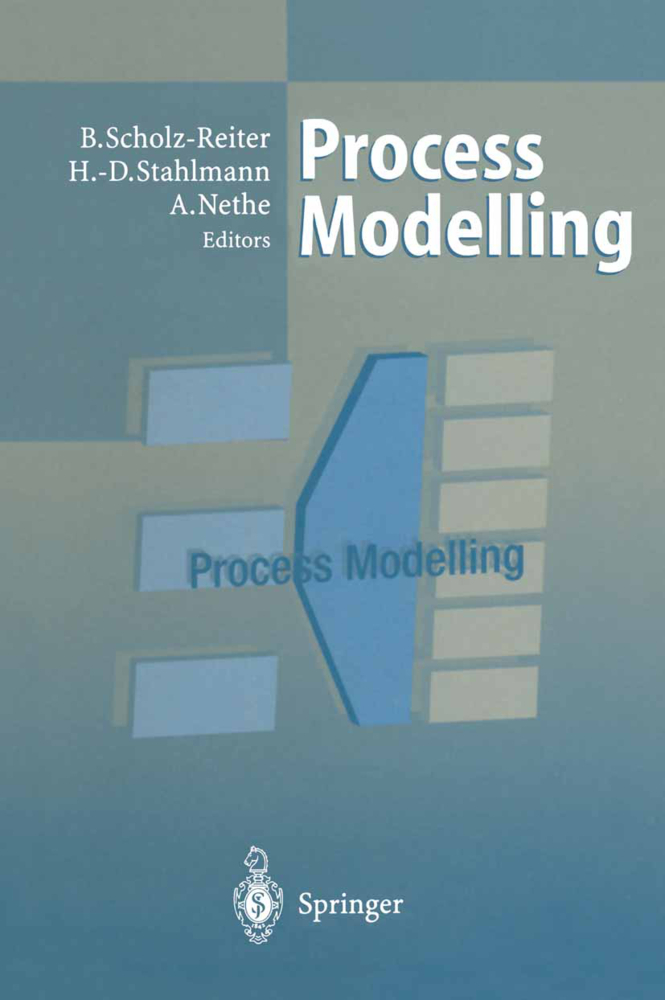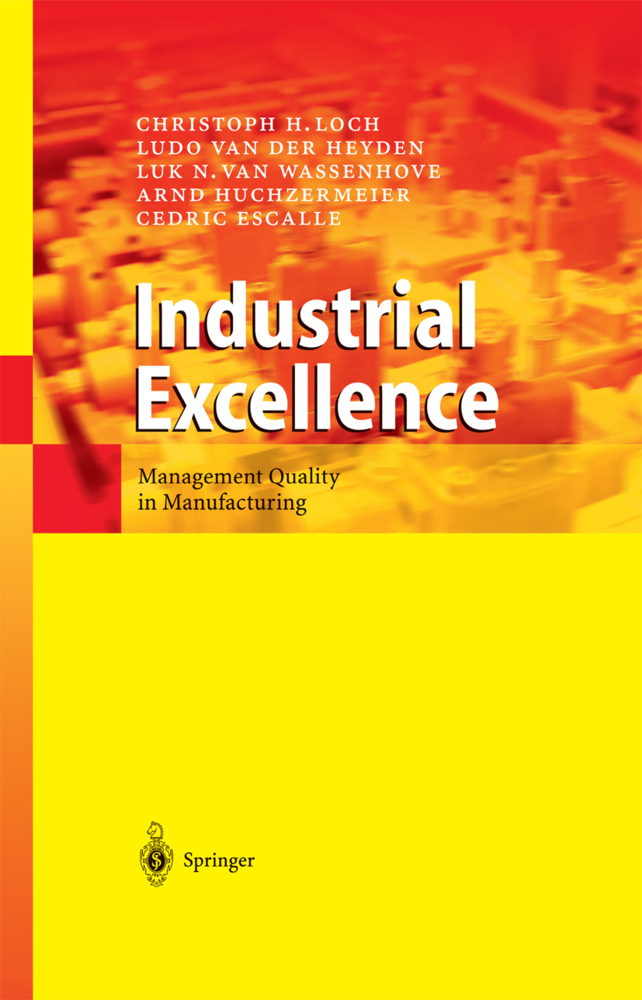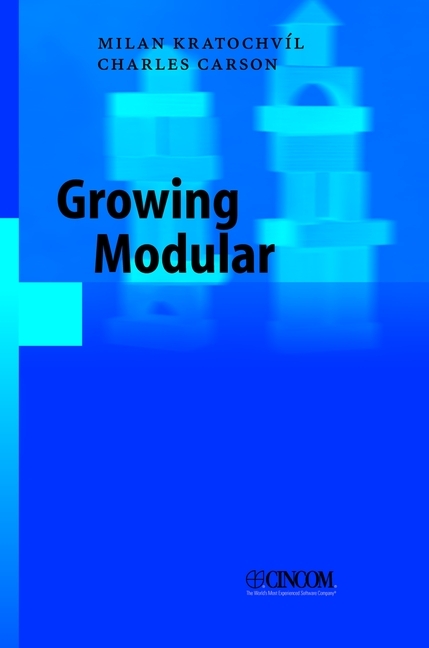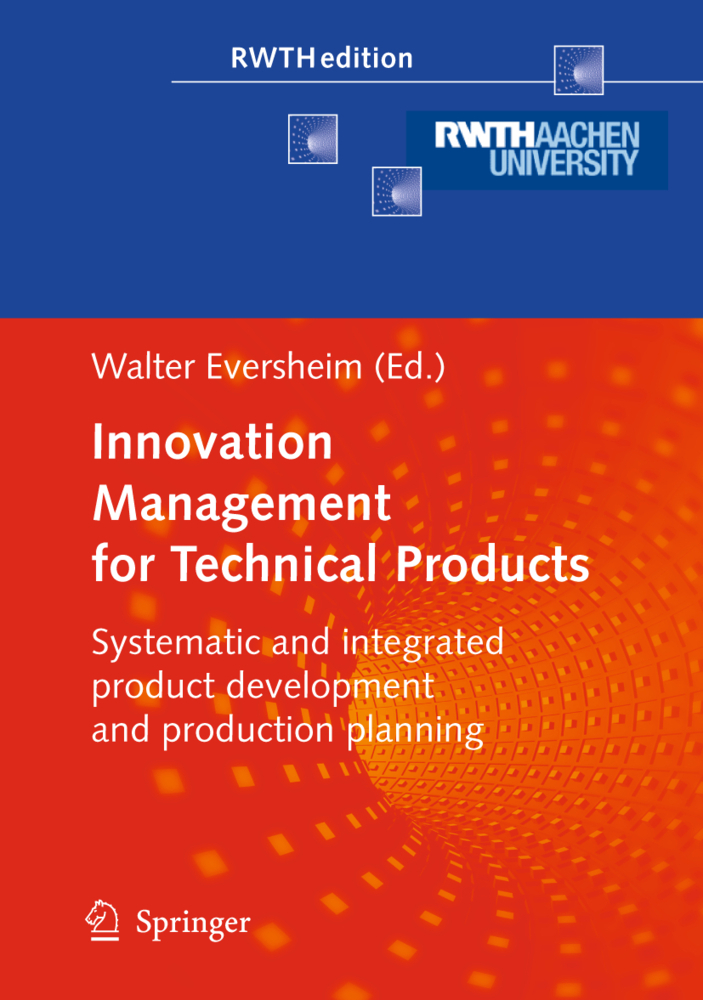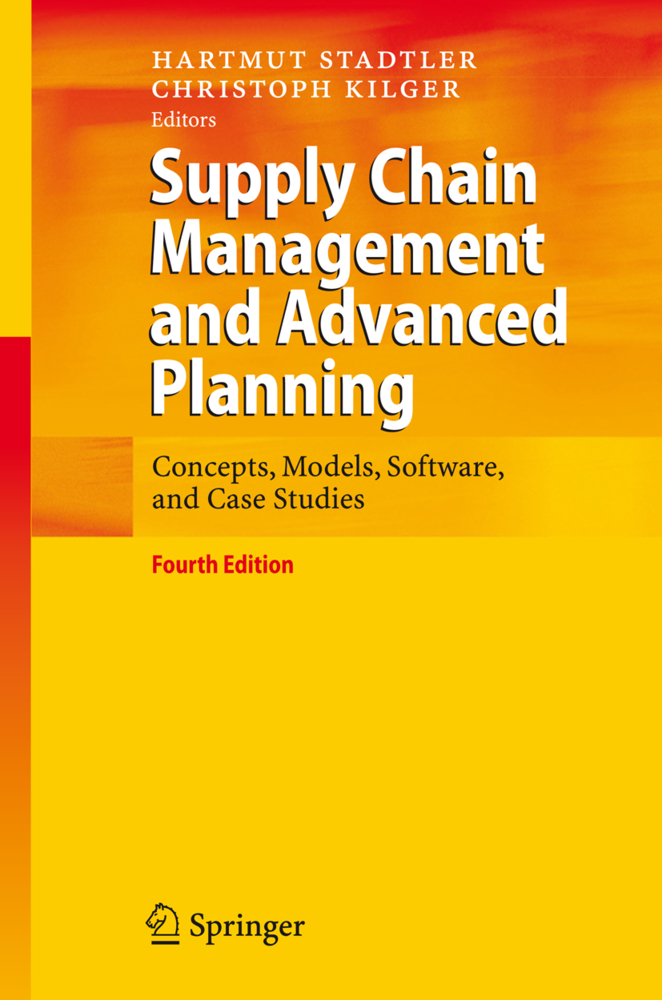Capacity Oriented Analysis and Design of Production Systems
Capacity Oriented Analysis and Design of Production Systems
In production systems there are often capacity oriented performance objectives, like a desired total throughput, a desired average throughput time and average work in-process. Such performance objectives are expressed in "units of products" rather than in specific product types. This book presents a way of modeling and analyzing production systems so, that such capacity oriented performance criteria can be measured in a simple way. The model consists of three basic elements. 1. The product types in the system are aggregated. 2. The product flow is modeled as being continuous. 3. The machines in the model have a finite number of states. Each state has a phase-type sojourn distribution and an associated production speed. Transitions between the states are determined by an irreducible Markov transition matrix. In the book both the mathematical properties and the practical applicabilities of the model are investigated. The model is extensively analyzed for various layouts, like flow lines, assembly disassembly systems and networks where parallel machines share common buffers. Furthermore various ways of controlling the product flow in the model are investigated, such as Base Stock Control, Workload Control, control by finite buffers and control by the Reorder Point System. An approximation technique is developed for a quick estimation of performance measures like throughput and average work-in-process, for networks with layouts and control techniques like those above-mentioned.
1.2 Problem formulation
1.3 Capacity control structures
1.4 Capacity modeling of production systems
1.5 Contents of the text
2 Capacity Analysis of Two-Stage Lines
2.1 Case: an insertion department
2.2 Literature on two-stage lines
2.3 The two-stage model
2.4 More complex machines
2.5 Control of the two-stage line
2.6 Analysis of buffer behavior
2.7 Approximation of complex two-stage lines
2.8 Discrete product models
2.9 Analysis of the insertion department
2.10 Conclusions and preview
3 More Complex Systems
3.1 Network layouts and analysis techniques
3.2 Literature survey
3.3 N-stage lines
3.4 Reversibility of production networks
4 Analysis of Locally Controlled Systems
4.1 Aggregation of two-stage lines
4.2 Approximation of flow lines
4.3 More numeric results and comparisons
4.4 Other network layouts
4.5 Other types of local control
4.6 Discussion
5 Analysis of Integrally Controlled Production Systems
5.1 Control with the Base-Stock System
5.2 Approximation of workload-controlled lines
5.3 Discrete-product models
5.4 Nonstationary behavior and conclusions
6 Capacity Modeling of Multiproduct Lines
6.1 Aggregates instead of items
6.2 Lot-sizing
6.3 Work-in-process
6.4 Nonstationarity
6.5 Conclusions
7 Case Studies
7.1 A coin-validator production line
7.2 A differential gear factory
Epilogue
Appendix A
Appendix A. 1
Appendix A. 2
Appendix A. 3
Appendix B
Appendix C
Appendix D
References
Glossary of Notations.
1 Aggregate Control of Production Systems
1.1 Introduction1.2 Problem formulation
1.3 Capacity control structures
1.4 Capacity modeling of production systems
1.5 Contents of the text
2 Capacity Analysis of Two-Stage Lines
2.1 Case: an insertion department
2.2 Literature on two-stage lines
2.3 The two-stage model
2.4 More complex machines
2.5 Control of the two-stage line
2.6 Analysis of buffer behavior
2.7 Approximation of complex two-stage lines
2.8 Discrete product models
2.9 Analysis of the insertion department
2.10 Conclusions and preview
3 More Complex Systems
3.1 Network layouts and analysis techniques
3.2 Literature survey
3.3 N-stage lines
3.4 Reversibility of production networks
4 Analysis of Locally Controlled Systems
4.1 Aggregation of two-stage lines
4.2 Approximation of flow lines
4.3 More numeric results and comparisons
4.4 Other network layouts
4.5 Other types of local control
4.6 Discussion
5 Analysis of Integrally Controlled Production Systems
5.1 Control with the Base-Stock System
5.2 Approximation of workload-controlled lines
5.3 Discrete-product models
5.4 Nonstationary behavior and conclusions
6 Capacity Modeling of Multiproduct Lines
6.1 Aggregates instead of items
6.2 Lot-sizing
6.3 Work-in-process
6.4 Nonstationarity
6.5 Conclusions
7 Case Studies
7.1 A coin-validator production line
7.2 A differential gear factory
Epilogue
Appendix A
Appendix A. 1
Appendix A. 2
Appendix A. 3
Appendix B
Appendix C
Appendix D
References
Glossary of Notations.
Koster, M.B.M. de
| ISBN | 978-3-540-50692-8 |
|---|---|
| Artikelnummer | 9783540506928 |
| Medientyp | Buch |
| Copyrightjahr | 1989 |
| Verlag | Springer, Berlin |
| Umfang | XII, 245 Seiten |
| Abbildungen | XII, 245 p. 3 illus. |
| Sprache | Englisch |

